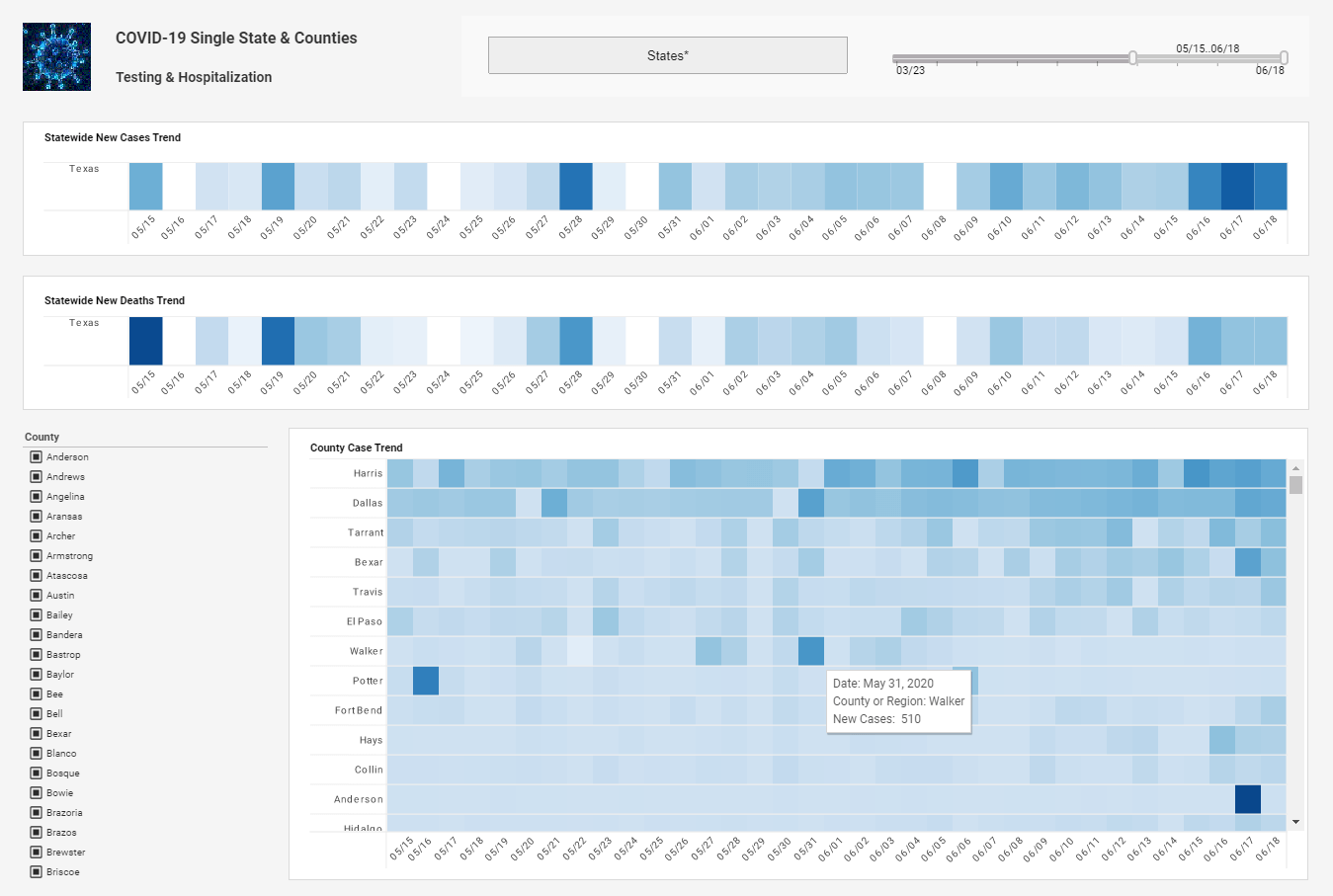InetSoft Webinar: Executive Support for Enterprise Data Warehouse Initiatives
This is the transcript of a podcast hosted by InetSoft on the topic of "Performance Management Best Practices." The speaker is Jessica Little, Marketing Manager at InetSoft.
Let’s talk a little today about the need to gain executive support for enterprise data warehouse initiatives and business intelligence initiatives. Why is that such a critical step? What's really happening in the use of business intelligence and data warehousing is a change to the business process.
It's not just the implementation of technology by itself. And when you change a business process, technologists don’t really do that, business managers do that. It’s very important that you have executive support, not just financially but the active involvement of executives.
And in gaining that support, it also allows you to truly understand, measure and communicate the impact and the benefits of what they have agreed to do, the technologists agreed to do and the business process users either internally or externally are changing. Much of what goes on really in this business intelligence effort, in essence, in a company is not technology. It's change management.
Driving Successful Initiatives
By including all of these folks, it's a full circle that helps drive the initiative more successfully. In successful implementations of any kind of technology, data warehousing included, as you progress overtime, if the executives are not supporting it, it's not just about the funding. It will not be a success.
What's really happening with analytics today is executives are looking for more than reporting or even the analysis. As an executive, middle manager or supervisor, you cannot re-manage yesterday. So what's the value of all those reports? It's for information or knowledge about activities where you can see whether you achieved what you aimed for. The real value of business intelligence is managing today and tomorrow.
One of the things that can happen when a business goes forward without that executive support, it becomes a project unto itself. It doesn’t involve a wide variety of people or processes, generally cross-organizational or multiple areas of a business.
Let’s say marketing wants a data warehouse or business intelligence dashboard to do better customer relationship management. And supply wants to do supply chain management or procurement or replenishment or flow of product, and they are not connected to each other at all. The marketing and salespeople are selling their stuff and the supply guys are stocking various products.
What Should I Market?
In between them is the financial management that says what should I market, where should I market it, how profitable is it, and how much do I really want to spend in financial resources, budgeting, allocation, people, real estate, trucks, whatever it is, to make the two sides work together. If an organization isn’t crossing the boundaries then they are working in silos, not just technological silos but business silos, and that’s not a really good way to run a business.
I think over these last several years, not only because of the volatility in markets, competitiveness, products, availability of products also, but at the same time the changing desires or needs of customers, the metrics now are not just based on how much faster you can get out the reports, how many reports, whether they are accurate or not.
Those are nice things to have, but those are table stakes. Quality information, synchronized information, table stakes, all table stakes. The real issue in an executive’s mind is what’s the impact to the stakeholders in my business. The CEO or CFO are clearly looking at does this affect revenue. Does it affect customer retention?
Does it affect the ability to actually put new product or service in front of a present customer or future customer? Does it change the relationship with my suppliers, my distribution channels, the e-channel or the web as we may see it, or other channels in the future? Are we using these kinds of analytics to actually drive the business rather than just report on it or run status quo.
Are There Alternatives to Purchasing a Data Warehouse?
Yes, there are alternatives to purchasing a traditional data warehouse, and in many cases, they can be more cost-effective and agile. A common option is to use a data virtualization or data mashup approach, which allows organizations to connect directly to multiple disparate data sources in real time without physically consolidating all the data into a single storage system. This means business users can query and analyze data from cloud applications, operational databases, and spreadsheets without waiting for lengthy ETL (extract, transform, load) processes or the capital expense of building and maintaining a warehouse. Tools that support this model can provide similar analytical capabilities while reducing infrastructure and maintenance overhead.
Another alternative is to leverage cloud-based data platforms that operate on a pay-as-you-go model, such as cloud data lakes or serverless query services. These services let organizations store raw or semi-structured data inexpensively and then process only the parts they need when they need them. This can be particularly useful for organizations with unpredictable or seasonal workloads, as they avoid the fixed costs and capacity planning challenges of a physical data warehouse. Additionally, cloud solutions often integrate easily with visualization and analytics tools, enabling rapid deployment without heavy upfront investment.
A third approach is to rely on embedded analytics within operational systems, eliminating the need for a separate warehouse entirely. Many modern ERP, CRM, and SaaS applications now include built-in BI and reporting features that can pull from their own underlying databases and APIs. By using these capabilities in combination with lightweight mashup tools, companies can still combine cross-system insights without creating a central repository. This model can be especially appealing to smaller businesses or departments within larger organizations that need actionable insights quickly, without the complexity of enterprise-scale data warehousing projects.



